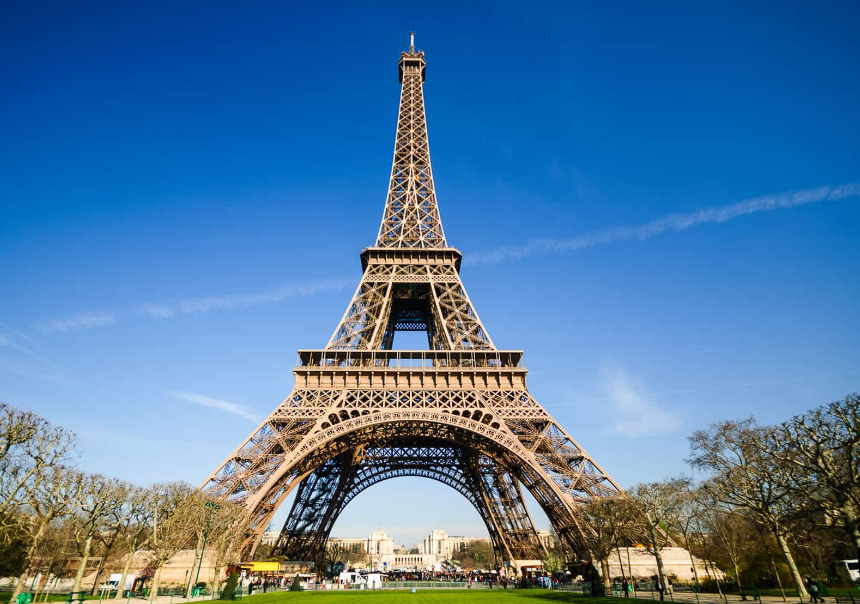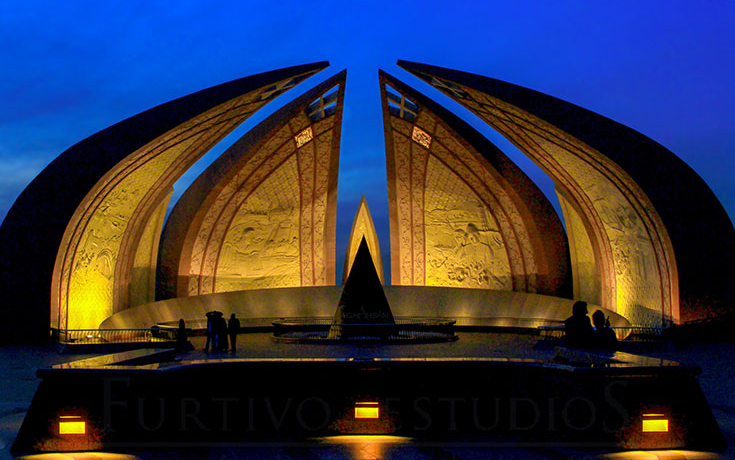India National Monument, the Taj Mahal is one of the most famous and beloved structures in the world, a shining example of India’s rich cultural and architectural heritage. Built by Emperor Shah Jahan in memory of his wife Mumtaz Mahal, the Taj Mahal is a masterpiece of design, symmetry, and geometry that has captivated visitors and scholars alike for centuries.
Architecture and Design of the India National Monument
The Taj Mahal’s architecture and design are a testament to the skill and creativity of the artisans and builders who constructed it. The structure is made of white marble, adorned with intricate carvings and inlays, and surrounded by lush gardens and reflecting pools. The Taj Mahal’s use of symmetry and geometry is particularly striking, with each element of the structure perfectly balanced and proportioned.
The Story Behind the Taj Mahal
The history of the Taj Mahal is intimately tied to the life and legacy of Emperor Shah Jahan and his wife Mumtaz Mahal. Mumtaz Mahal died in childbirth, and in her memory, Shah Jahan commissioned the Taj Mahal as a tribute to her beauty and grace. The construction of the Taj Mahal took over 20 years, and it is said that Shah Jahan spared no expense in making it a fitting tribute to his beloved wife.
The Significance of the India National Monument
The Taj Mahal is more than just a beautiful monument – it is a symbol of love and devotion that resonates across cultures and borders. The Taj Mahal is a UNESCO World Heritage site, recognized for its cultural and historical importance. It is also a popular destination for tourists from all over the world, who come to marvel at its beauty and explore its rich history and cultural significance.
Visiting the Taj Mahal
Visiting the Taj Mahal is an unforgettable experience, but it can also be overwhelming. To make the most of your visit, it’s a good idea to plan ahead and be prepared. Some tips to keep in mind include:
- Arrive early to avoid crowds and long lines.
- Dress appropriately – the Taj Mahal is a religious site, so modest clothing is required. Shoes must be removed before entering the main mausoleum.
- Bring water and snacks – there are food vendors on site, but it’s always a good idea to have some provisions with you.
- Take your time – the Taj Mahal is a massive complex, and there’s a lot to see and explore. Don’t rush through it – take your time and savor the experience.
Controversies and Challenges Surrounding India National Monument
Despite its iconic status, the Taj Mahal is not without its controversies and challenges. One of the biggest challenges facing the Taj Mahal is environmental degradation. The pollution from nearby factories and traffic has taken a toll on the marble and other building materials, and there are ongoing efforts to preserve and protect the structure.
There have also been political and cultural debates surrounding the Taj Mahal’s significance. Some groups have argued that the Taj Mahal is not truly Indian, as it was built by a Muslim emperor using Persian and Central Asian architectural styles. Others have disputed the historical accuracy of the Taj Mahal’s origin story, suggesting that it was not built as a tribute to Mumtaz Mahal, but for other political reasons.
Conclusion
Despite these controversies and challenges, the Taj Mahal remains a powerful symbol of love, devotion, and architectural excellence. Its cultural and historical significance cannot be denied, and it continues to inspire and captivate visitors from around the world.
FAQs
- Is the Taj Mahal open to visitors all year round?
Yes, the Taj Mahal is open to visitors year-round, except on Fridays (when it is closed for prayers) and during major holidays.
- How long does it take to explore the Taj Mahal?
Most visitors spend at least 2-3 hours exploring the Taj Mahal and its surrounding gardens and attractions.
- Are there any dress code requirements for visiting the Taj Mahal?
Yes, visitors are required to dress modestly and remove their shoes before entering the main mausoleum.
- Can visitors take photos inside the Taj Mahal?
No, photography is not allowed inside the main mausoleum, but it is allowed in most other areas of the complex.
- What are some other notable national monuments in India?
India is home to many notable national monuments, including the Red Fort, the Gateway of India, and the Victoria Memorial, to name just a few.
References
- “Taj Mahal.” UNESCO World Heritage Centre, whc.unesco.org/en/list/252/.
- “Taj Mahal: The Story of a Monument of Love.” National Geographic, 23 May 2019, nationalgeographic.com/travel/article/taj-mahal-the-story-of-a-monument-of-love.
- “Taj Mahal.” Lonely Planet, lonelyplanet.com/india/uttar-pradesh-and-uttarakhand/agra/attractions/taj-mahal/a/poi-sig/1153607/356523.
- “10 Things to Know Before Visiting the Taj Mahal.” Travel + Leisure, 12 Sept. 2018, travelandleisure.com/trip-ideas/india-taj-mahal-tips.

